
|
|
|||||
Situated in the southern California desert sits Joshua Tree National Park; a bizarre mix of boulders, and strange desert foliage, including the strange Dr. Seuss-like tree the park was named for. Joshua Tree is one of my favorite national parks, as I really love the simplicity of the shapes, and the challenges of creating images from such detail rich environment. I was excited to pay my annual visit here. Jean Day and I met a group of equally excited photographers for a weekend of exploring, and photography.
Our first morning we set out in the dark to the hidden valley area of the park. This area has a great selection of Joshua Trees, and boulders to work with in addition to the typical cacti and other desert plants. The sunrise was great and Jean and I moved about the location helping the students find compositions and work with their settings to get the best depth of field. This park has a lot of opportunity for both wider depth of field as well as images that utilize a shallow focal area.
This first location really puts the class into a challenge of composition right away. This park doesn’t have any real iconic mountain, or lake to work with…so the composition becomes about trees, and detail more…which can be difficult. We try to talk about using leading lines, and strong foregrounds to help them balance their compositions. I am a fan of using the old dead Joshua Trees as leading lines into the images. I like the juxtaposition of the live trees and the dead trees. In addition to the compositional elements we also talk about graduated neutral density filters, and polarizing filters and how they can best be used to enhance an image.
The second location of the morning is a little easier to work with. The old Ryan Ranch ruins gives the photographer a main subject. These old ruins are great to explore and photograph. The lightly colored pastel clay walls make for great tones in monochrome images….and there are plenty of cacti and foliage nearby to use for a foreground. Jean and I saw some great shots on the backs of the camera! I spent some time with a few of the students working on composing images with larger zoom lenses…and how telephoto compression works.
By the time our second stop ended it was getting hot, and we retreated back to the air-conditioned goodness of the hotel to wait out the hotter hours before setting back into the park for sunset, and our night of star photography.
For evening and sunset we drove south to the Ocotillo Cacti garden. I love these bizarre plants, which aren’t cacti at all. These hearty desert plants sit in the desert waiting for rain. When the rain falls, they sprout leaves and blossoms…which drop out after the weather dries out. They can sprout leaves up to 5 times a year!
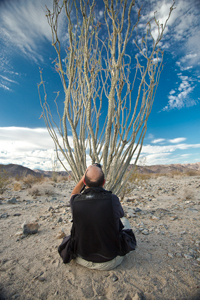 In addition to their bizarre survival techniques these plants are great for photography. They shoot their stalks into the sky like a giant bundle of desert kelp. I like to encourage the class to carefully get right up close and personal with the stalks and use them to fill the frame. We had some great clouds too which helped to lend interest to our images. With the different tones and values of this scene, I liked the way the images looked in monochrome…and I saw some of the class members using this technique with great success as well.
In addition to their bizarre survival techniques these plants are great for photography. They shoot their stalks into the sky like a giant bundle of desert kelp. I like to encourage the class to carefully get right up close and personal with the stalks and use them to fill the frame. We had some great clouds too which helped to lend interest to our images. With the different tones and values of this scene, I liked the way the images looked in monochrome…and I saw some of the class members using this technique with great success as well.
Our sunset stop was the beautiful, but dangerous cholla cactus garden. These are probably my favorite cacti to shoot. They lightly colored spines hold light so well, and provide great contrast for any scene. We arrived to watch the sky light up with some great pinks and oranges…there weren’t a lot of clouds, but the ones that were there were gorgeous. We really worked with the students to find a strong foreground cactus, and then use their polarizers and graduated ND filters to balance out the brighter sky. With so many similar shapes around it can be difficult to find a good composition…my personal recommendation is to get a little higher angle, and very close to one of the cholla (not TOO close though) the closer perspective gives the foreground a stronger element, and the higher angle closes the gaps between cacti, and makes the image appear to have even more cacti than are truly present.
Once sunset ended we drove to the white tank area of the park and made the short walk out to Arch Rock…which, is exactly that, a rock with an arch in it. Star Photography can be tricky, and we really worked to help the class understand the two basic kinds of star photography- pin point stars, and star trails. During the course of our night in the desert we did both kinds, as well as light painted the arch to give the images a good balance. A nicely lit rock arch, and a beautiful sky filled with stars. It’s a long night, but we saw some really nice images on the backs of the cameras!
 The next morning some of the class chose to catch up on sleep, but a few of them joined Jean and I for a trip to Barker Dam. Barker Dam is an old cowboy watering hole for cattle. They blocked up a spring, and then with the water from the spring combined with any rainfall was trapped in this depression creating a pond. This pond size grows and shrinks depending on the amount of precipitation that falls. We were fortunate that there was a decent amount of water in the pond, and it made for some great reflections of the interesting rock formations in the area. Jean also pointed out some great small abstract type shots to be found here. Polarizing filters were a big help to bring out the reflections and give the colors a bit more saturation.
The next morning some of the class chose to catch up on sleep, but a few of them joined Jean and I for a trip to Barker Dam. Barker Dam is an old cowboy watering hole for cattle. They blocked up a spring, and then with the water from the spring combined with any rainfall was trapped in this depression creating a pond. This pond size grows and shrinks depending on the amount of precipitation that falls. We were fortunate that there was a decent amount of water in the pond, and it made for some great reflections of the interesting rock formations in the area. Jean also pointed out some great small abstract type shots to be found here. Polarizing filters were a big help to bring out the reflections and give the colors a bit more saturation.
Due to the long night before we ended our morning shoot after Barker Dam and headed back to the hotel for some more sleep before meeting in the afternoon for some image processing help and techniques. Jean and I got to see some of those great images firsthand on their laptops and really work with them to see the potential that their images had.
With the conclusion of the processing session it was time to head back into the park for a final shoot. Our first afternoon stop was the Hall of Horrors. This part of the park gets its name from the different rock climbing routes in the area, not for any spooky monsters or anything. We worked on some great detail shots here, and I pointed out that when you’re shooting some close up shots, it’s not a bad idea to use your shadow to block the sun, and give you a more evenly lit subject, that lacks the harsh contrast.
We made a second stop at a little nook where there’s an ancient juniper tree that has chosen an interesting growing location on top of a rock. I don’t know HOW these trees grow in some of the areas they do. The best angles for composing this shot requires lying down and really getting low. Everyone took turns getting down and grabbing the shot.
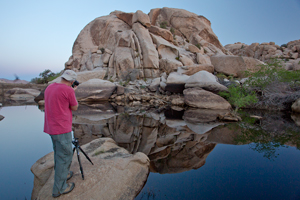 In looking to the south-east we saw some nice clouds forming, and decided to shoot an area I like to call ‘marble-rock wall.’ This wall of stones has a couple rocks that look like giant stone marbles that are balanced in crevices. The light on this particular area is great in the evening, as the stones really have a lot of nice warm tones, and hold the golden evening light really well. Jean and I helped everyone see the possible compositions in the location, many that are perfect for using those longer lenses. Once the golden light has faded from the wall, the sky takes its turn to show off, and the clouds lit up with a great variety of pinks. The class had some really nice images from this final spot. It was a good way to end a fun weekend together.
In looking to the south-east we saw some nice clouds forming, and decided to shoot an area I like to call ‘marble-rock wall.’ This wall of stones has a couple rocks that look like giant stone marbles that are balanced in crevices. The light on this particular area is great in the evening, as the stones really have a lot of nice warm tones, and hold the golden evening light really well. Jean and I helped everyone see the possible compositions in the location, many that are perfect for using those longer lenses. Once the golden light has faded from the wall, the sky takes its turn to show off, and the clouds lit up with a great variety of pinks. The class had some really nice images from this final spot. It was a good way to end a fun weekend together.
Once the last bit of pink had faded from the sky, it was time to make the drive back to 29 Palms, and bid our group farewell. They had come a long way in working on composition, learning some processing techniques, star-photography, and how to brave the desert heat in search of great images.
Thanks for a fun weekend!
Brian, Jean, and the rest of the Aperture Academy team
P.S. If you'd like to join us at one of our workshops, you can find the schedule/sign up here.
 |
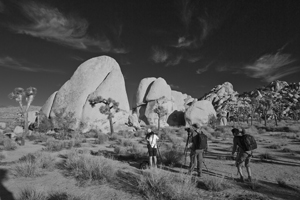 |
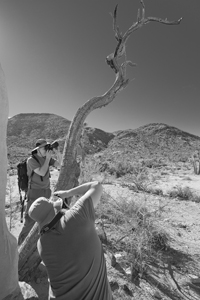 |
 |
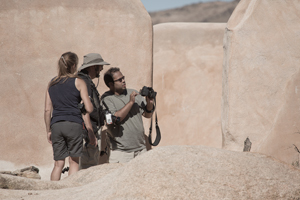 |
 |
 |
 |
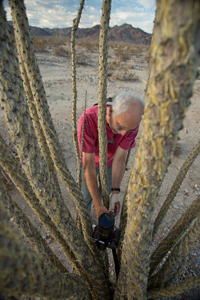 |
 |
 |
 |
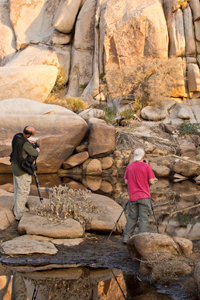 |
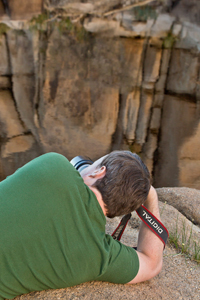 |
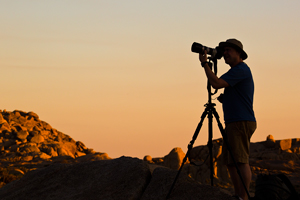 |
 |
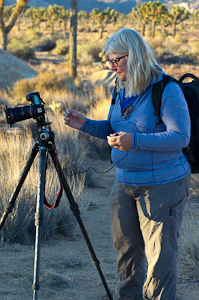 |
 |
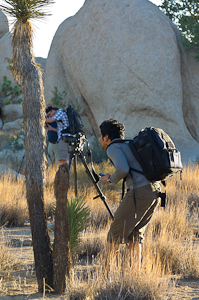 |
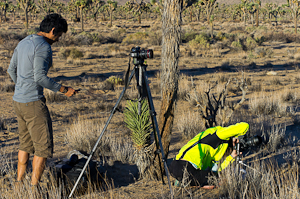 |
 |
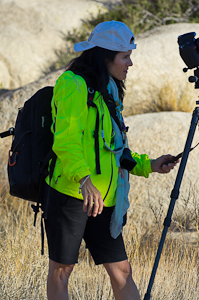 |
 |
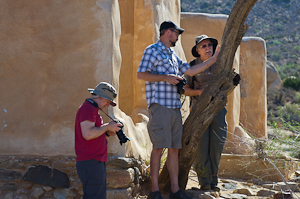 |
 |
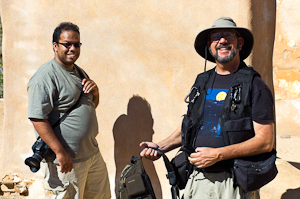 |
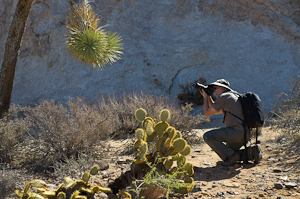 |
 |
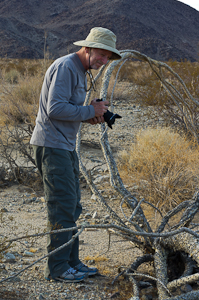 |
 |
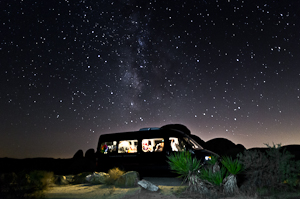 |
 |
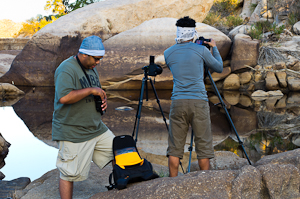 |
 |
 |
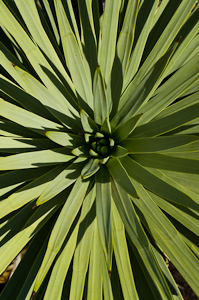 |
 |
 |
 |
|
 |
Other Cool Stuff→ Past Workshop Photos → 72dpi.com → How-To Articles → Photographer of the Month |
 |
Contact Us→ Contact Us → About Us → Site Map |
© 2009-2024 Aperture Academy, Inc.






